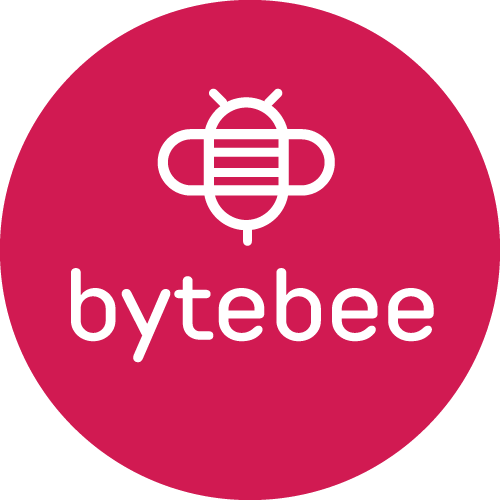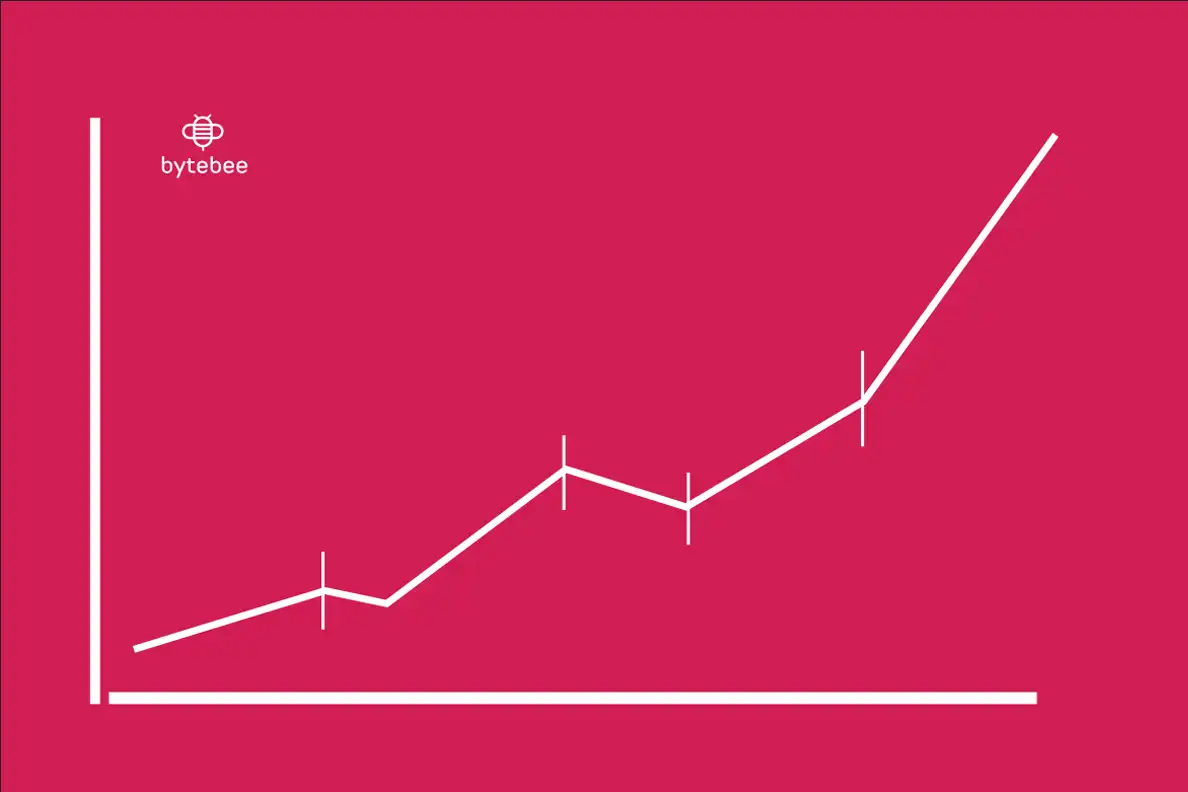Digital Engagement for Councils: How Branding Shapes Public Trust
Local councils face a unique challenge in 2025: how to connect with diverse communities in an age where trust in institutions is under pressure. From promoting recycling initiatives to sharing vital public health updates, digital engagement is no longer optional — it’s essential. But while councils often focus on what to communicate, the how is equally important.
This is where branding comes in. Strong, consistent branding doesn’t just make council communications look professional; it plays a central role in building public trust and credibility.
Why Branding Matters in Public Engagement
Branding isn’t just about logos and colours. For councils, it’s about creating a cohesive identity that reassures residents and makes information more accessible.
Consistency builds recognition — Residents are more likely to engage with campaigns that look and feel like they come from a trusted source.
Clarity reduces confusion — Clear, unified design helps ensure messages don’t get lost in a sea of competing voices.
Professionalism signals reliability — A well-branded campaign tells the public: “This is official, important, and worth your attention.”
Branding and Trust: What Residents Notice
When we’ve worked with organisations on community-focused projects, a recurring theme emerges: people trust communications that feel human, inclusive, and consistent. Councils that invest in branding benefit from:
Higher engagement rates — Residents are more likely to read, share, and act on campaigns that feel credible.
Stronger emotional connection — Branding rooted in values (such as sustainability, inclusion, or community pride) resonates deeply with local audiences.
Fewer barriers to understanding — Accessible design and language ensure all residents, regardless of age or ability, can participate.
Real-World Examples
Public Health Campaigns: Councils that adopted bold, consistent branding during COVID-19 saw higher compliance rates, as residents recognised and trusted official updates.
Tourism & Events: Local authorities with unified branding for festivals, markets, and cultural campaigns created a sense of community identity — boosting turnout and participation.
Digital Services: Councils that refreshed their websites with accessible, branded design made it easier for residents to find services, resulting in fewer helpline calls and higher online satisfaction.
Key Takeaways for Councils
If you’re looking to strengthen digital engagement through branding, start here:
Audit your current materials: Do your social media, website, and printed campaigns look and feel consistent?
Focus on accessibility: Ensure your branding meets WCAG 2.1 standards so every resident can access your services.
Tell a story: Position your council branding around community values — whether that’s pride in place, sustainability, or inclusion.
Invest in professional design: A strong visual identity isn’t a luxury; it’s an essential tool for public trust.
Final Thoughts
For councils, branding isn’t just a marketing exercise — it’s a public service tool. Done well, it helps residents recognise, trust, and act on important information. In an era where digital communication is the first touchpoint for many people, branding shapes not just engagement, but confidence in local government itself.
At Byte Bee, we help councils and public sector organisations design branding and digital campaigns that build trust, foster community, and deliver results. If you’d like to explore how better branding can strengthen your council’s engagement, we’d love to talk.

